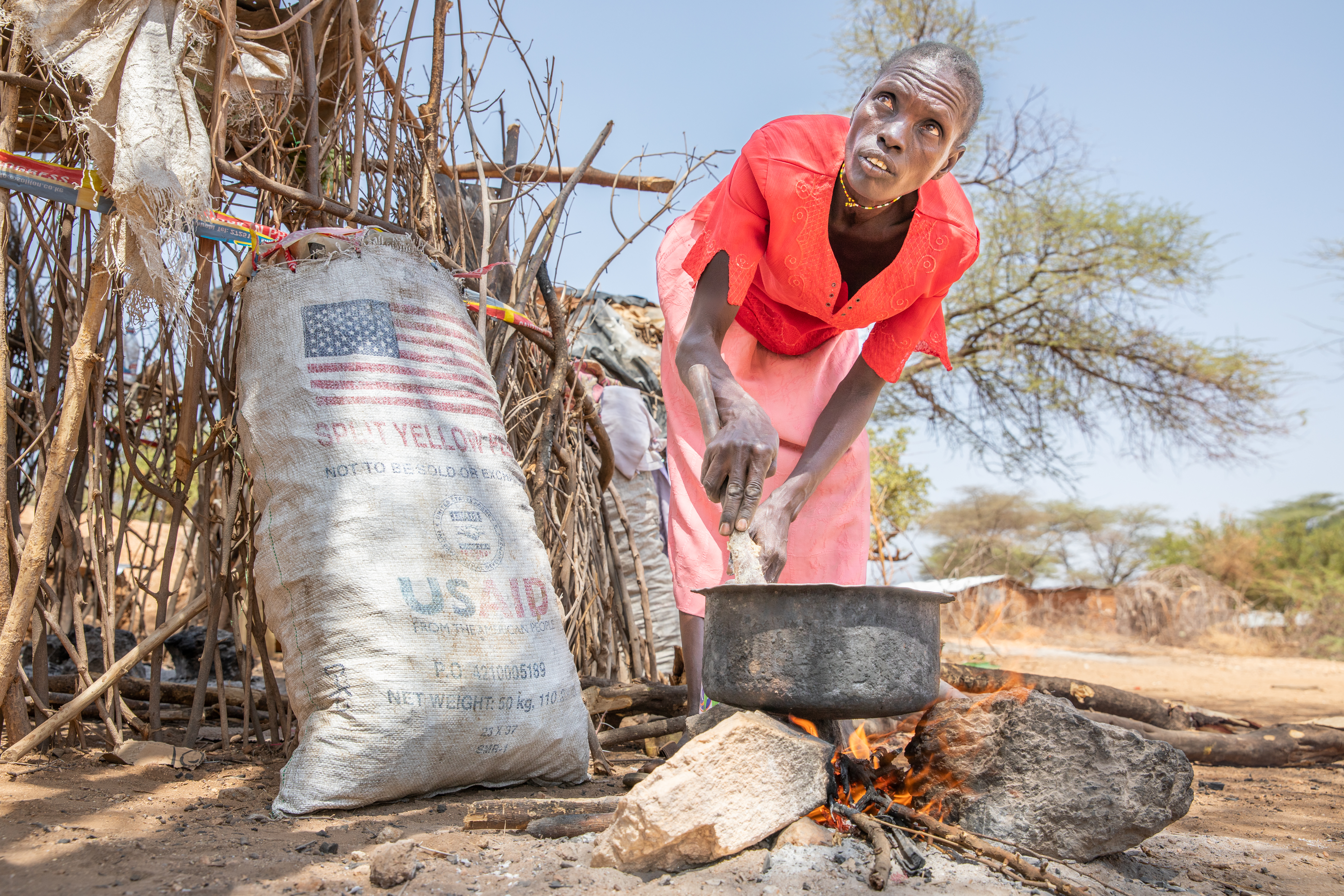Collaborating on a future of work that works for youth

Around the world, there are dozens of conversations — in hallways, in conference rooms, at convenings and on social media — about the “Future of Work.” Will automation kill jobs, or can it be harnessed to dramatically reshape the landscape for upskilling and reskilling workers? What infrastructure do we need to incentivize more investment in job-creating enterprises? Is the growing “gig economy” a good thing or a bad thing? But one thing that doesn’t often come up in these conversations is who we’re actually building this future of work for. Creating a future where youth have meaningful employment — and jobs that provide a sense of purpose and help young people achieve their full potential — is often a subtext in a broader conversation about robots and Uber. Nowhere does this topic deserve more attention than in Africa, the youngest continent on the planet. According to various estimates, 11-12 million youth are expected to enter the labor market each year in Africa, while only three million jobs are created each year.
On a continent where SMEs and the informal economy drive the bulk of economic activity, supporting early stage, high growth potential entrepreneurs and their job-creating ventures is a critical component of creating a future of work that works for young people. Ventures are emerging in Africa that are leveraging technology to create a more promising working future by addressing critical skills gaps, improving job matching, facilitating the “gig economy,” creating digital work opportunities, and promoting other related workforce development solutions. While they hold exciting potential, these ventures face challenges that have prevented them from operating at the scale needed to address the substantial youth employment challenge.
Over the past several years, both of our organizations — Village Capital and Mercy Corps — have been investing in and supporting early-stage enterprises in Africa, which are both a source of new jobs for young people and an engine of innovation for new approaches to workforce development and to opportunities to earn income. We see tremendous potential for some of the ideas being tested by these organizations to help youth achieve their work aspirations, and to do so at scale.
Yet so many creative, ambitious enterprises struggle to grow. And the challenges they face can be as varied as the business models they’re testing out. We have seen that there is no single solution to help the more promising models go to scale, yet there are many impact investors, donors, and other support organizations offering resources and services across the youth employment spectrum that, when deployed in combination, could make a more significant contribution to youth employment.
We believe the scale of the challenge — and the potential solutions — go well beyond any one intervention or organization. Seeing the need for a more collaborative conversation, we invited foundations, investors, bilateral donors, entrepreneurs, and service providers to a gathering on the margins of the Sankalp Africa conference in late February. We were thrilled by their enthusiastic response. Not only did over 30 people brave Nairobi’s notorious traffic for a very early breakfast, they engaged energetically in a discussion on the role of early stage entrepreneurship in addressing youth employment, workforce development, and the future of work in Sub-Saharan Africa. The participants also discussed strategies for eliminating barriers for these entrepreneurs so that they can scale their businesses, create jobs, and address critical challenges affecting youth and their employment prospects.
Several common themes emerged to explore
Evidence of what works
Which approaches help youth get meaningful jobs, build skills, and thrive in the new world of work? And what characteristics of business models are best suited to the challenges in the youth employment sector? Many participants commented on the insufficiency of evidence on both fronts and the need for more research to help entrepreneurs — and those who fund them — better understand how to achieve impact, from helping youth develop marketable skills to improving job placement and creating pathways for youth to grow professionally.
Blended finance could help
Multiple types of organizations, including non-profits, hybrid enterprises, and commercially oriented businesses, are undertaking efforts to address youth employment. Yet many are struggling to scale because they lack access to the right type of financing — whether it’s a grant to help an early-stage business test out an offering for low-income youth or it’s risk-tolerant, patient equity for a promising commercial model. And many early-stage enterprises need not just appropriate capital but other support (such as introductions, strategic advice, and data collection systems) that will position them to grow. Blended finance options could be explored to help promising approaches go to scale.
Collaboration
Fully addressing the youth employment challenge requires innovation at multiple levels, from learning to earn to helping youth thrive in their jobs. The complexity of the challenges in helping youth gain meaningful employment and realize their potential calls for more collaboration among various actors operating across the learning to earning spectrum. We believe there is momentum for such collaboration based on the 100% turnout of confirmed participants at 7am on a busy conference morning and the enthusiastic conversation in the room. Could there be collaboration among providers of different types of capital for innovators and non-profits? How can stakeholders better share relevant data for the good of all practitioners in this space — or create a Youth Development Index of sorts? Is collaborating in a specific geography to run a pilot a good way forward? Do certain aspects of the problem require less, or more, collaboration? Which governments are willing to engage in public-private partnerships?
Segment the challenge
Given the complexity and multiple areas for interventions, stakeholders need to determine the specific opportunities for engagement. How do we work together across technical and vocational education and training, informal vs formal work, urban vs rural challenges, primary vs secondary vs tertiary schools, education vs upskilling, etc.? Who is the most vulnerable in each setting? The problem must be thoroughly mapped to ensure stakeholders know the role they can play in addressing specific aspects of the larger challenge.
Next steps
One other key message from our breakfast was “start somewhere.” These challenges are complex and most likely won’t be solved in the near term. In the spirit of “starting somewhere,” we’ll be convening a select group of participants alongside the Skoll World Forum in Oxford this month to get into more detail on these themes and discuss how we can collectively address some of the challenges we see.


